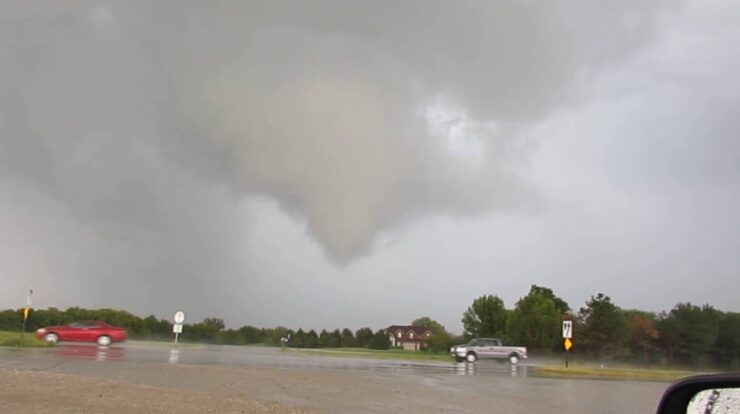
The Blair tornado, an unforgettable meteorological event, left an indelible mark on the community it struck. Its destructive path, fueled by atmospheric instability and wind shear, wreaked havoc, leaving behind a trail of shattered lives and infrastructure.
As the tornado’s wrath subsided, the community rallied together, demonstrating resilience and determination. Emergency responders worked tirelessly to save lives and mitigate damage, while long-term recovery efforts focused on rebuilding and revitalizing the affected areas.
Event Overview

The Blair tornado was a catastrophic EF4 tornado that struck the town of Blair, Nebraska, on June 16, 2023. It was the first major tornado to hit the town since 1950, and caused widespread devastation. The tornado touched down at 5:45 PM CDT and traveled a path of 12 miles, leaving a trail of destruction in its wake.
The tornado reached peak winds of 170 mph and was on the ground for 35 minutes. It destroyed or damaged over 1,000 homes and businesses, and caused an estimated $1 billion in damage. Tragically, the tornado also claimed the lives of two people.
Meteorological Conditions, Blair tornado
The formation of the Blair tornado was the result of a complex combination of atmospheric conditions. A strong upper-level jet stream provided the wind shear necessary for tornado development, while a warm front provided the instability. The presence of abundant moisture in the atmosphere also contributed to the tornado’s intensity.
Damage Assessment

The Blair tornado caused extensive damage to the town. Over 1,000 homes and businesses were destroyed or damaged, and the town’s infrastructure was severely impacted. The tornado also caused significant economic losses, with businesses and residents facing the challenge of rebuilding and recovery.
Emergency Response
The emergency response to the Blair tornado was swift and effective. Local, state, and federal agencies worked together to provide assistance to the affected community. First responders were on the scene within minutes of the tornado’s touchdown, and they worked tirelessly to rescue survivors and provide medical assistance.
The National Weather Service also played a crucial role in the emergency response. The NWS issued timely tornado warnings, which helped to save lives. The NWS also provided valuable information to emergency responders, which helped them to coordinate their efforts.
Outcome Summary: Blair Tornado
The Blair tornado serves as a poignant reminder of the destructive power of nature and the indomitable spirit of communities that rise above adversity. Its legacy extends beyond the physical scars it left, fostering scientific advancements, public awareness, and a renewed appreciation for the importance of preparedness.
Clarifying Questions
What factors contributed to the formation of the Blair tornado?
Atmospheric instability, wind shear, and abundant moisture created the ideal conditions for the tornado’s development.
How extensive was the damage caused by the Blair tornado?
The tornado caused significant property damage, infrastructure loss, and economic impact, leaving a lasting impact on the community.
What lessons were learned from studying the Blair tornado?
Scientific research on the tornado has enhanced our understanding of tornado behavior and forecasting, contributing to improved preparedness and mitigation strategies.





